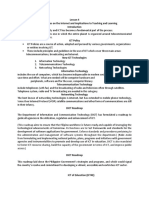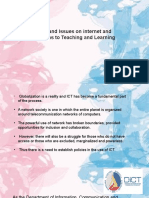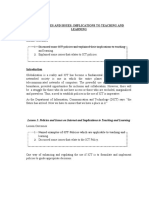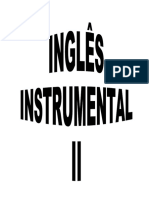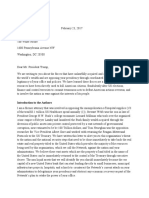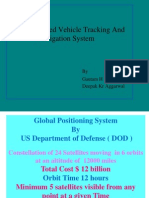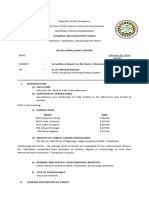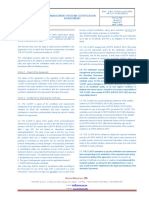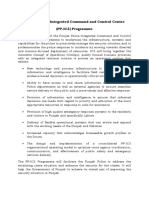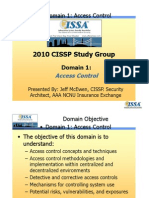0% found this document useful (0 votes)
10 views3 pagesTTL1-Lecture Note 2
Hope it help
Uploaded by
Jeiro MataCopyright
© © All Rights Reserved
We take content rights seriously. If you suspect this is your content, claim it here.
Available Formats
Download as PDF, TXT or read online on Scribd
0% found this document useful (0 votes)
10 views3 pagesTTL1-Lecture Note 2
Hope it help
Uploaded by
Jeiro MataCopyright
© © All Rights Reserved
We take content rights seriously. If you suspect this is your content, claim it here.
Available Formats
Download as PDF, TXT or read online on Scribd
/ 3
















